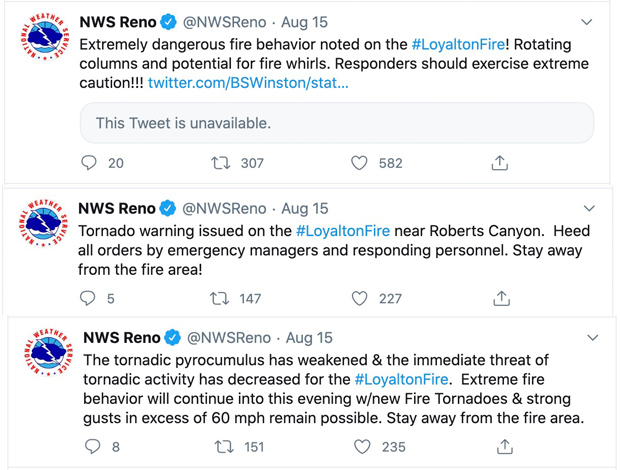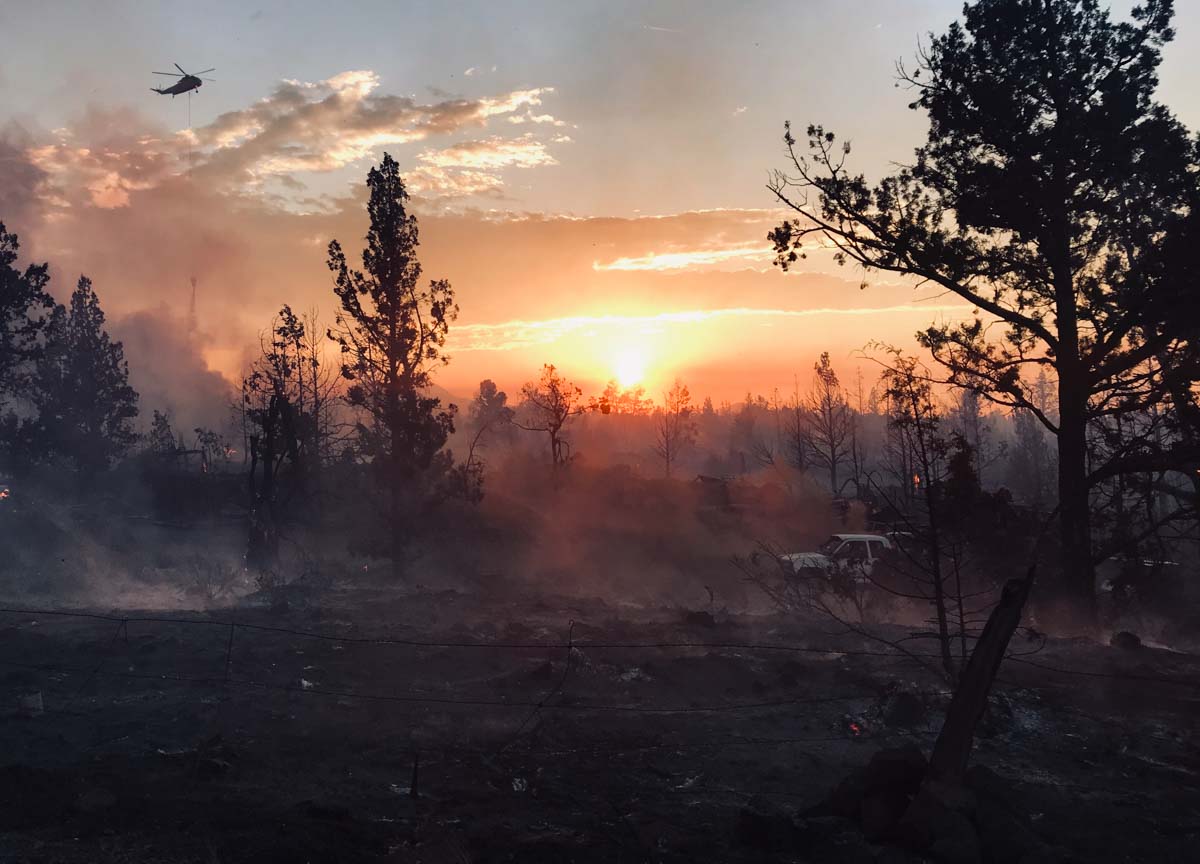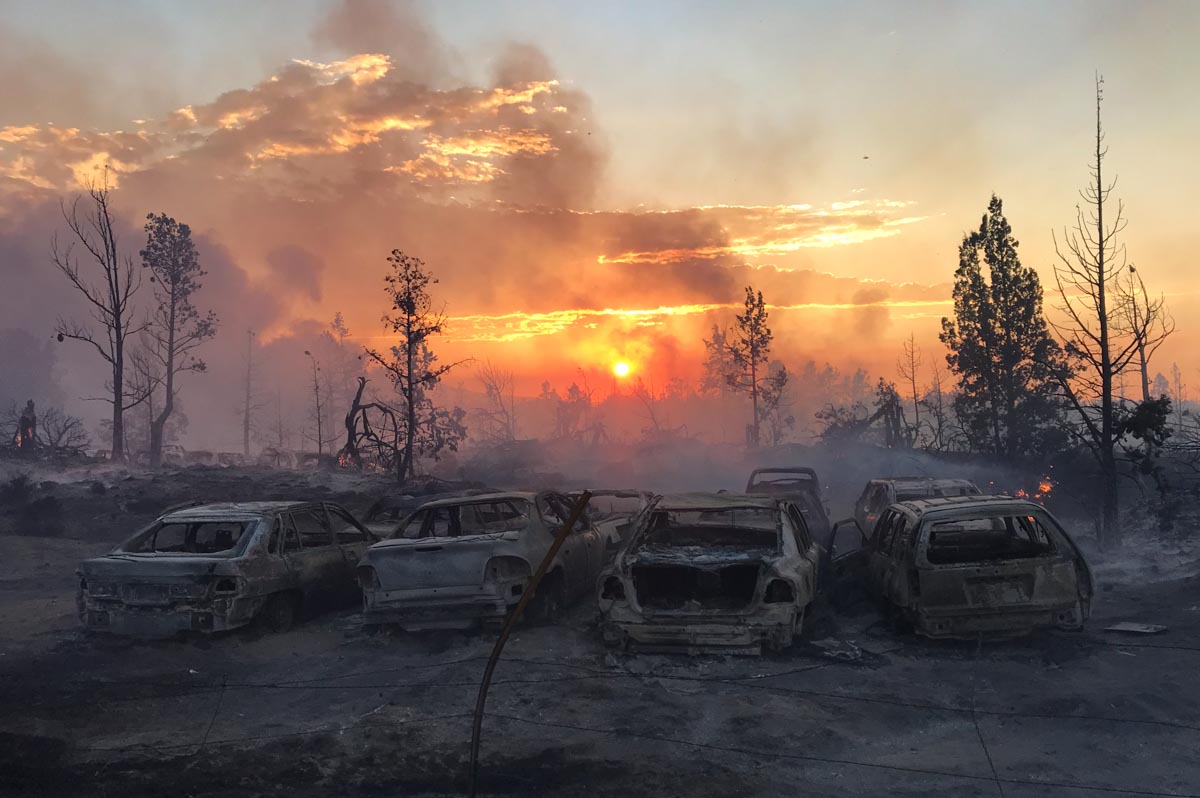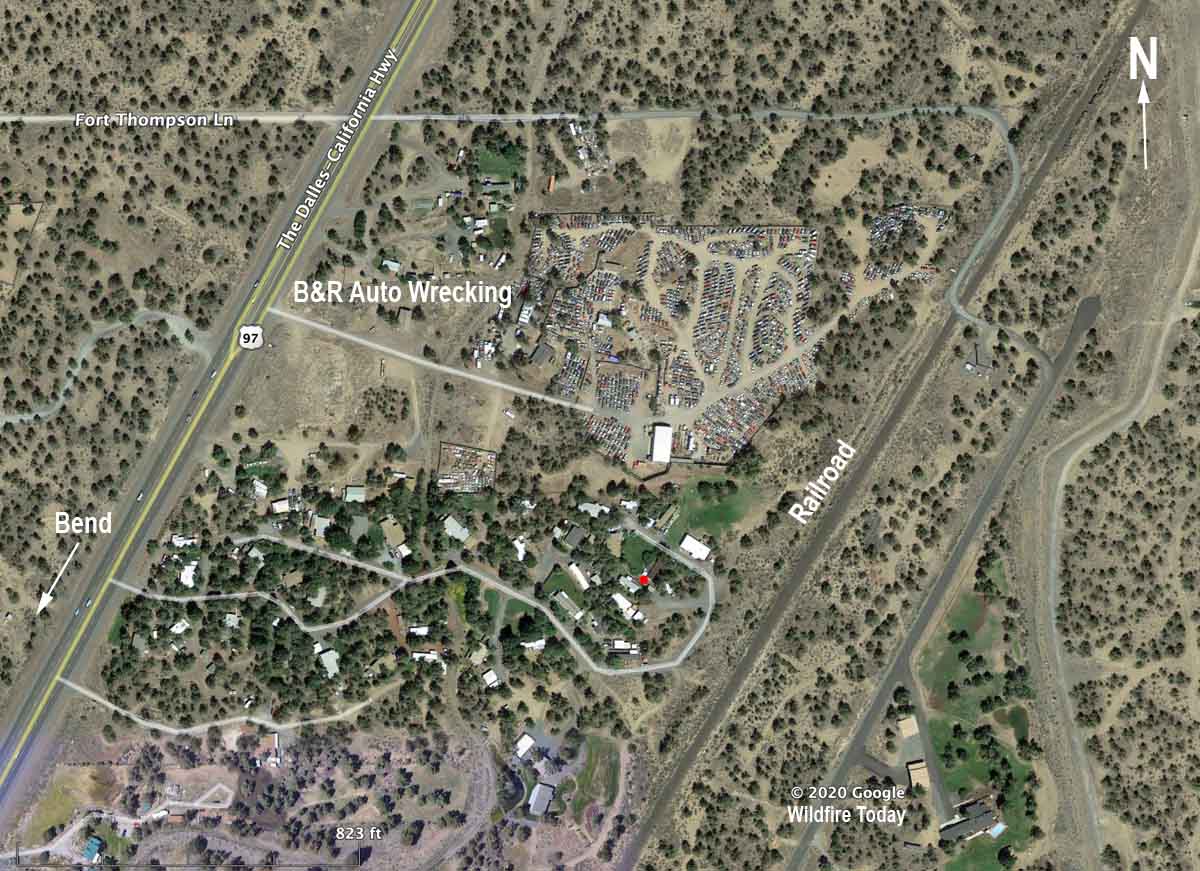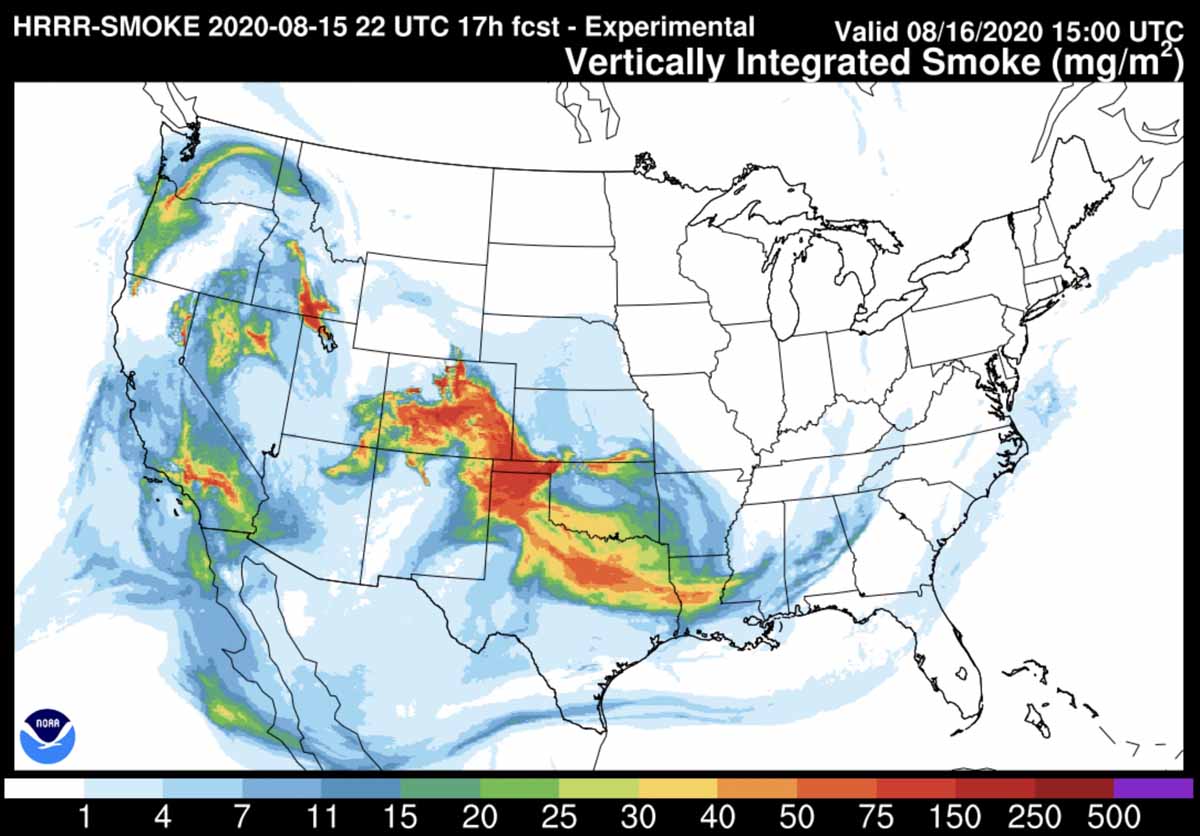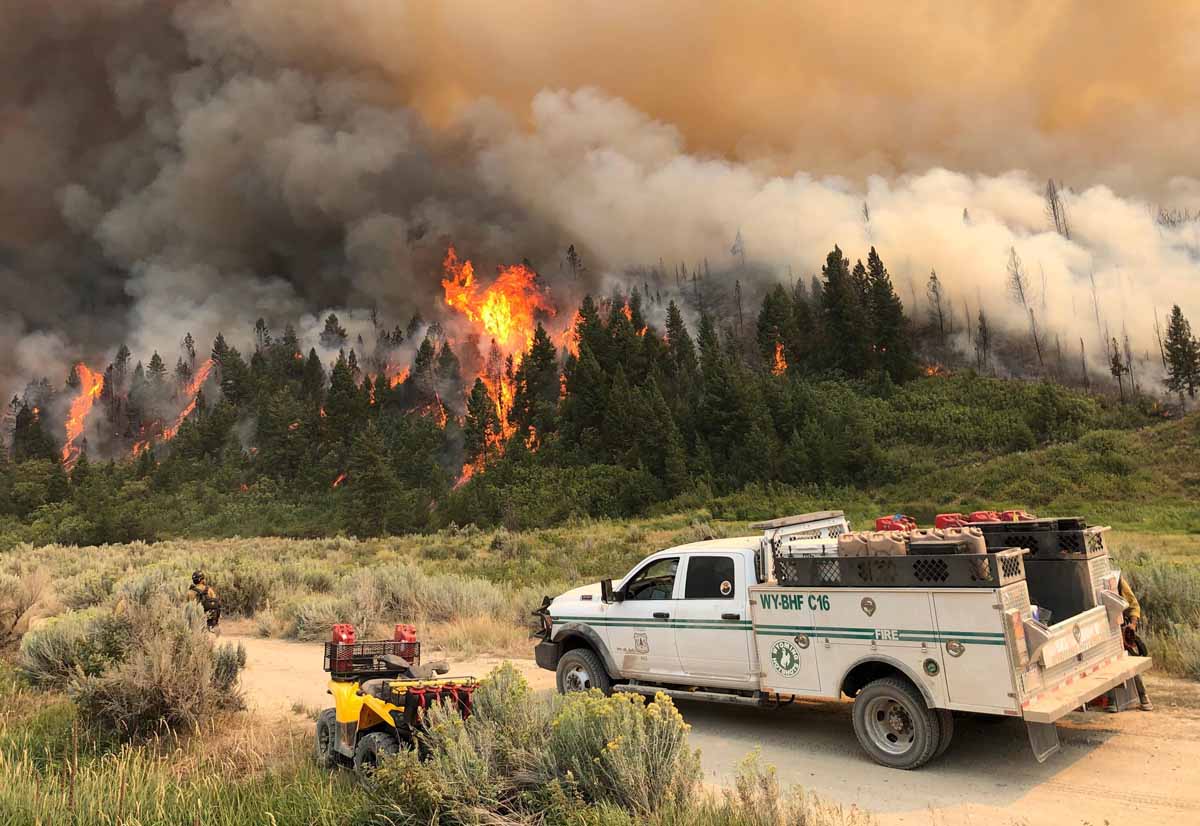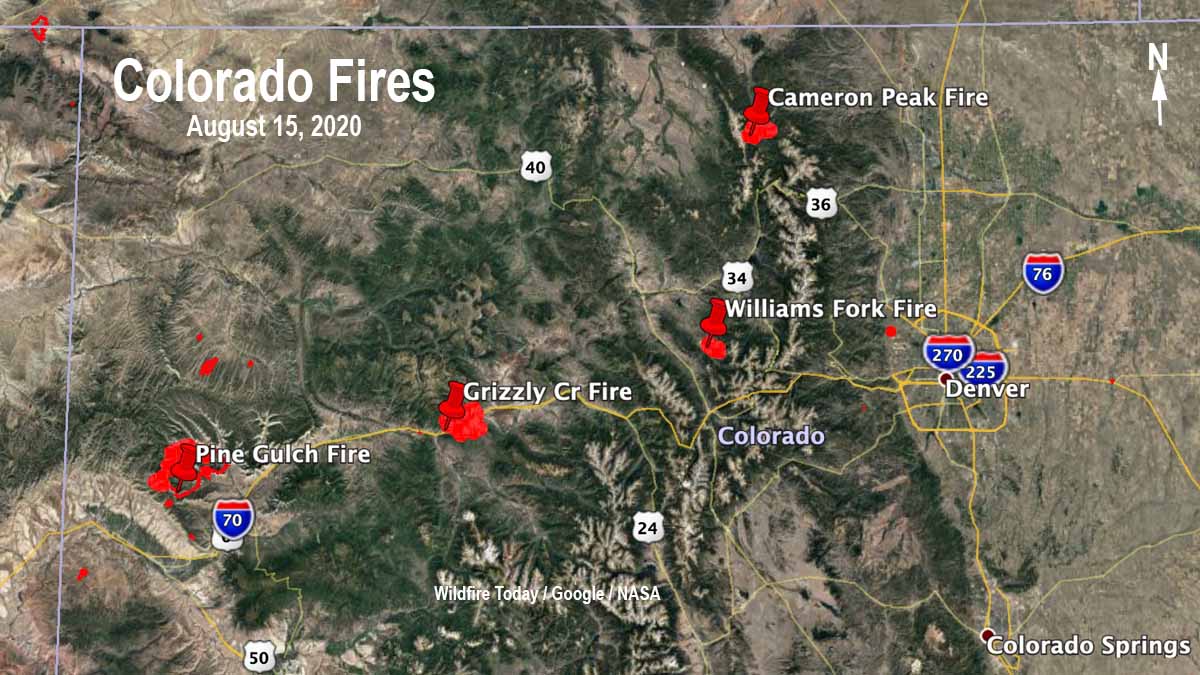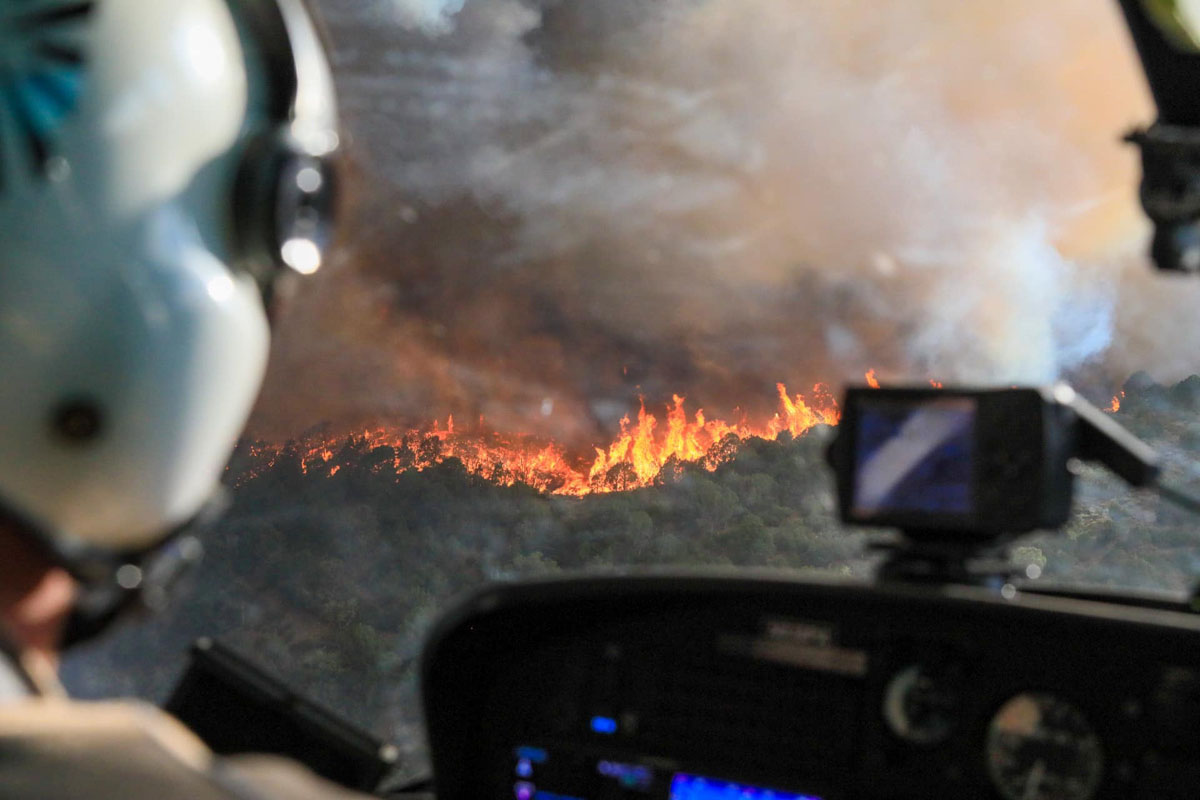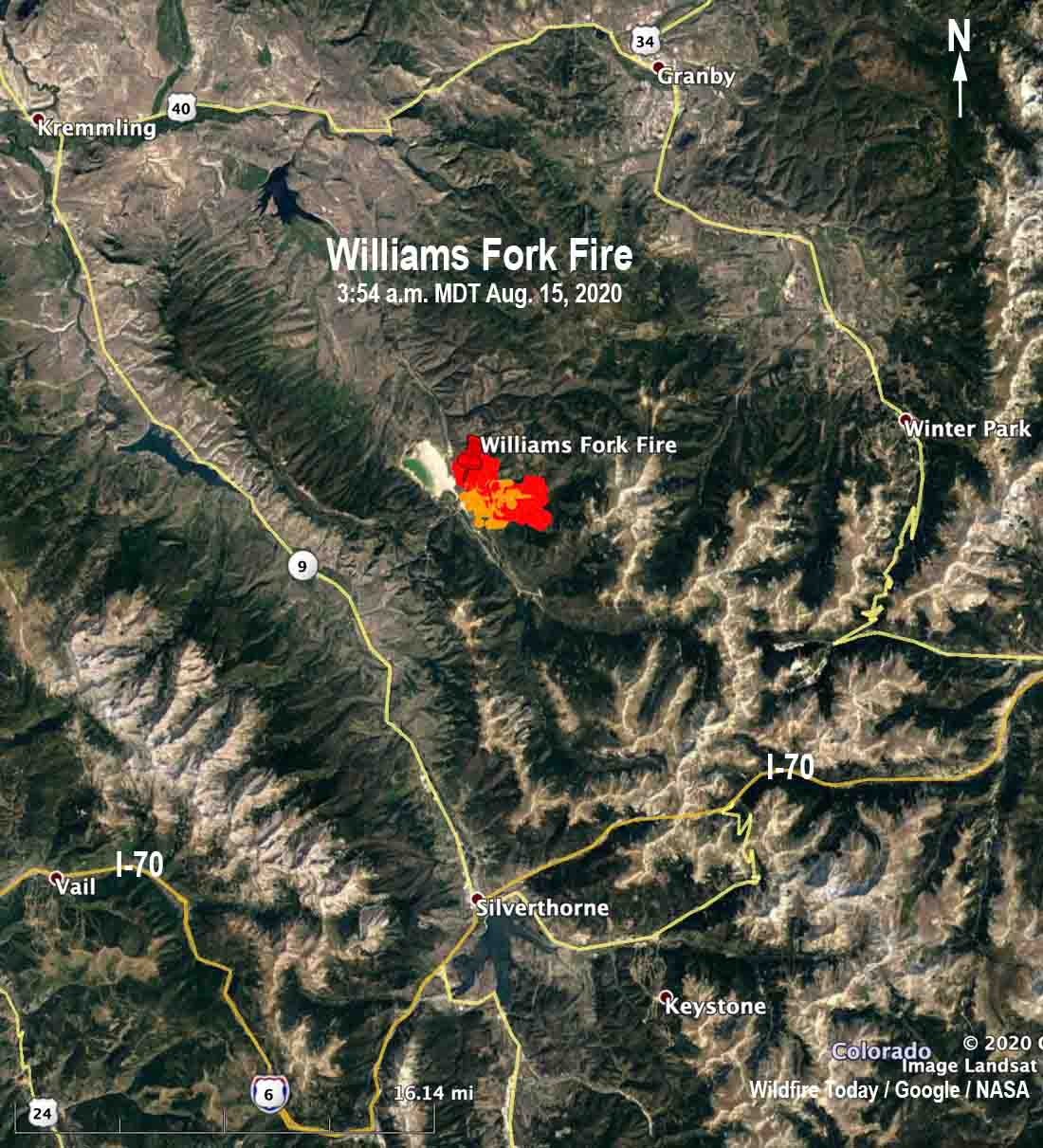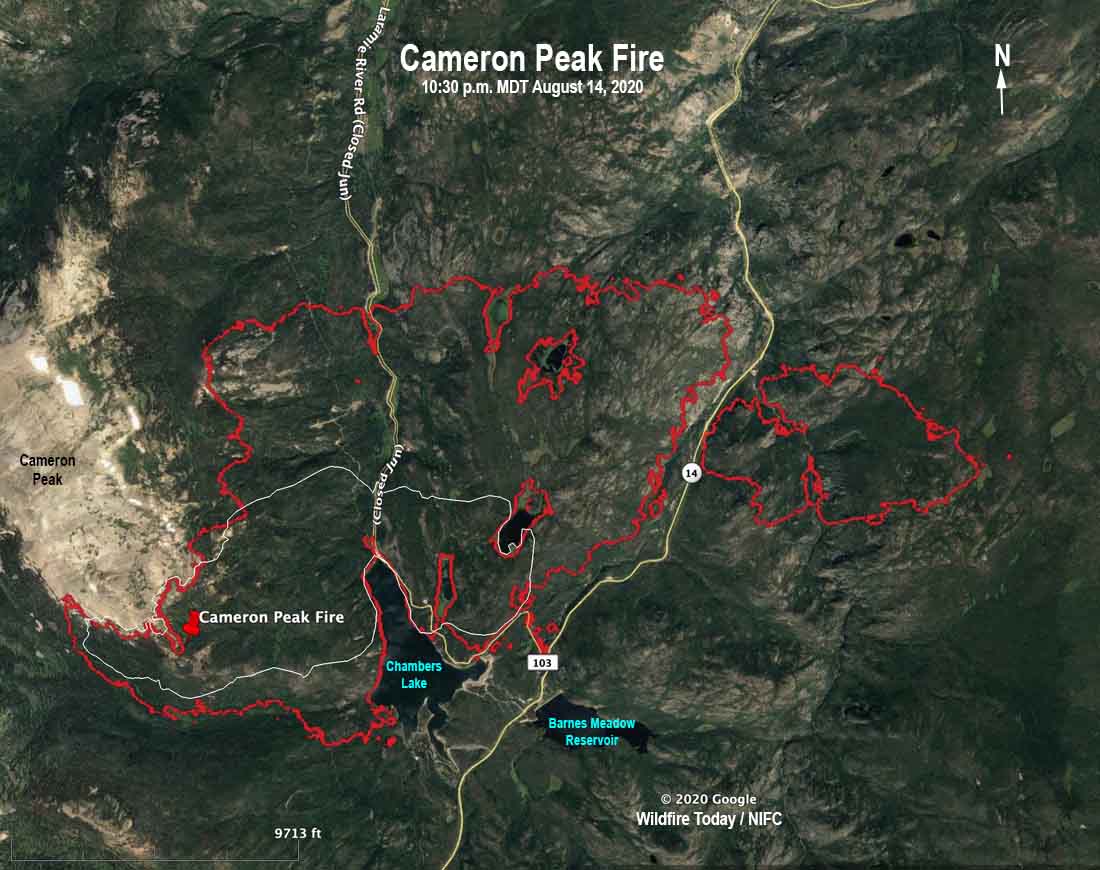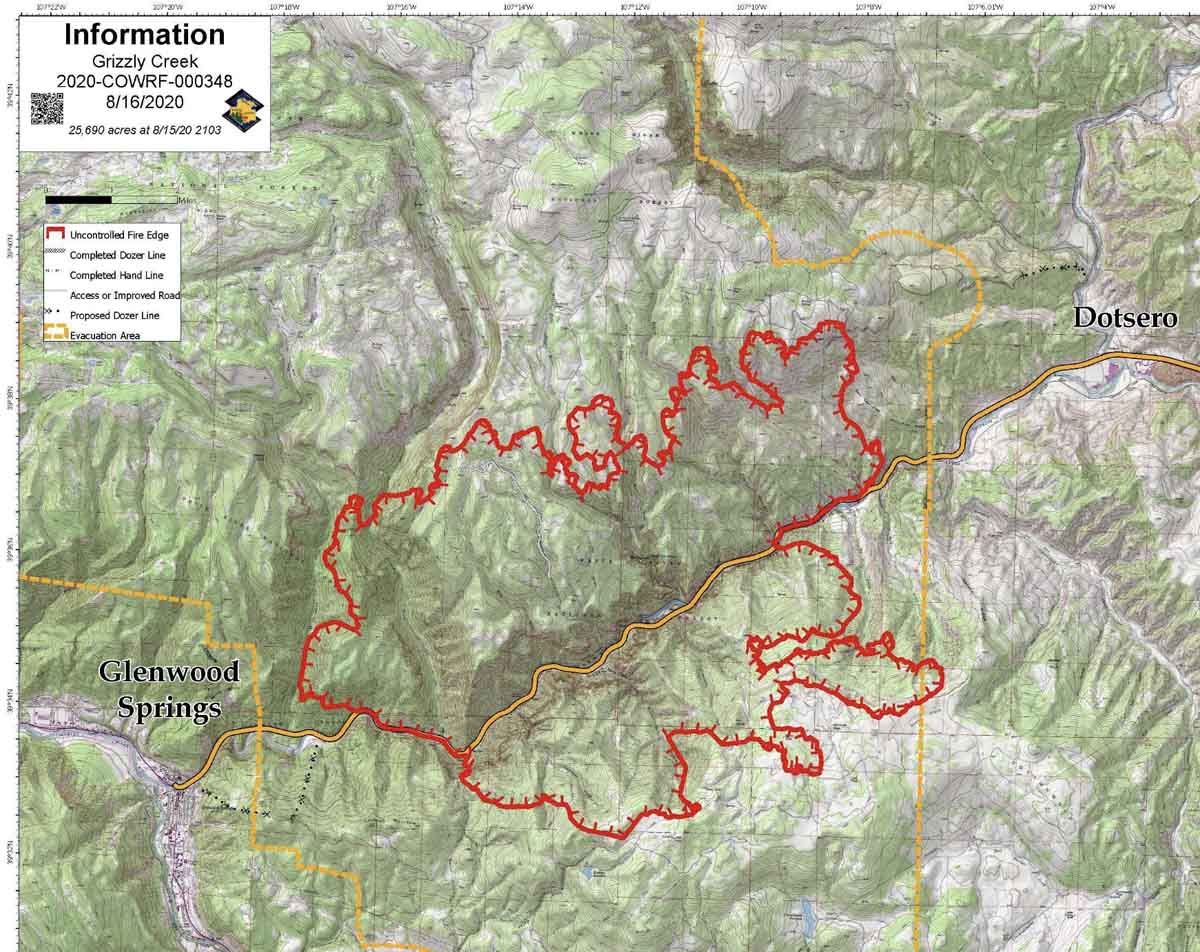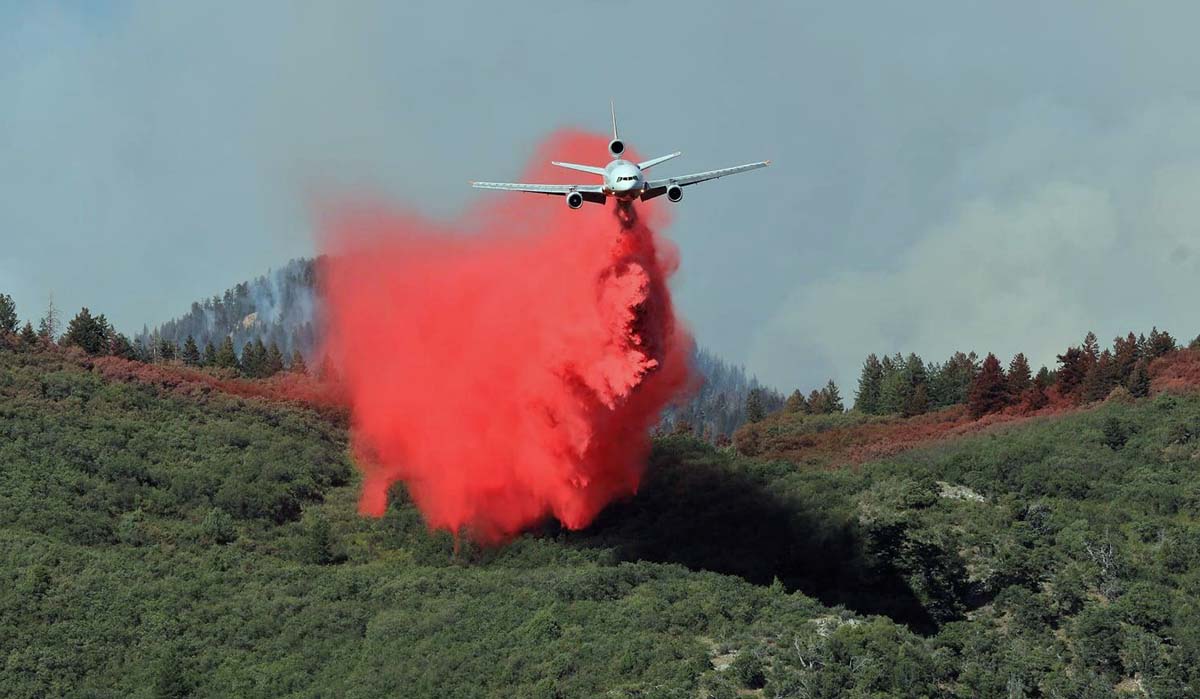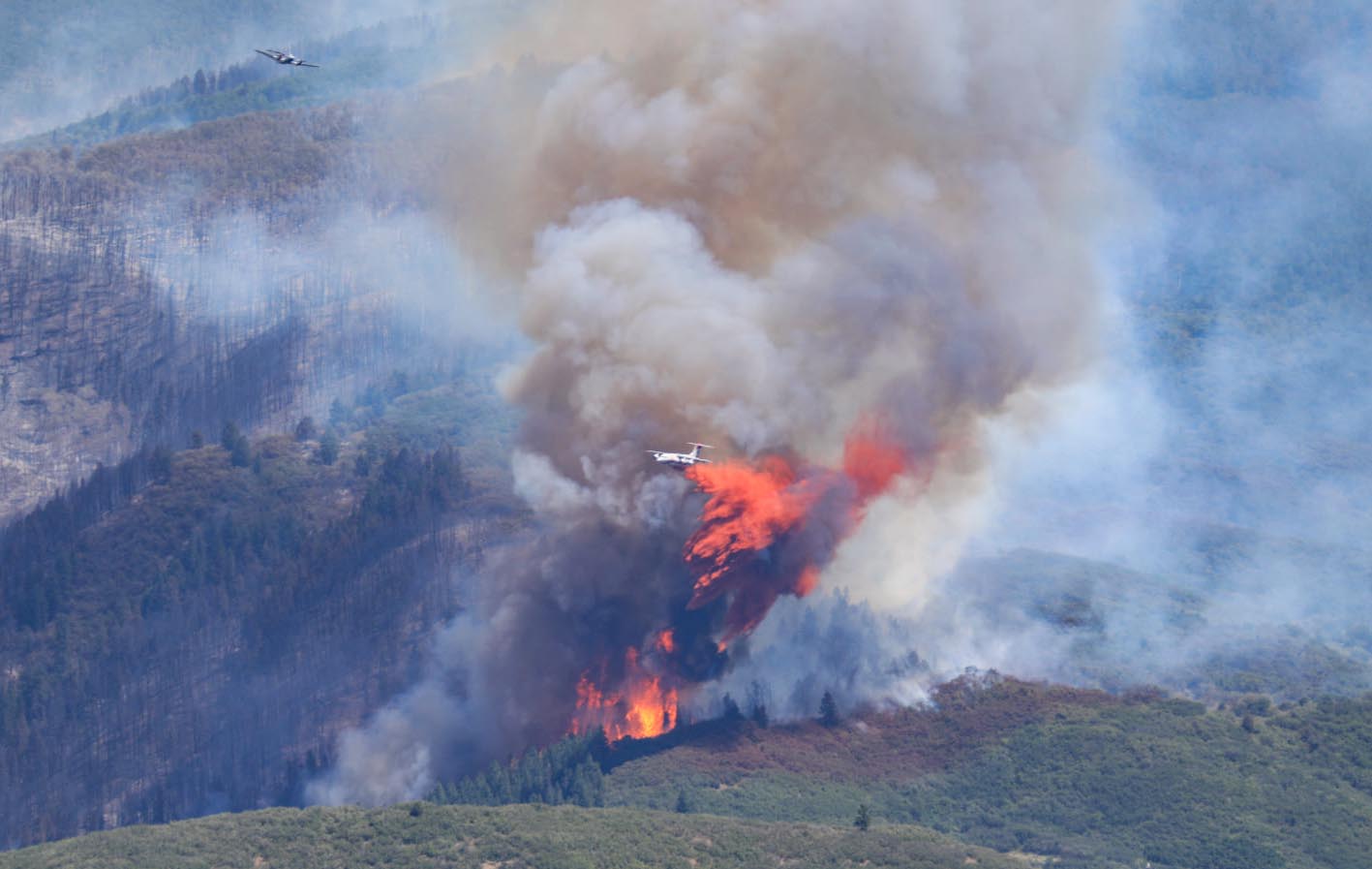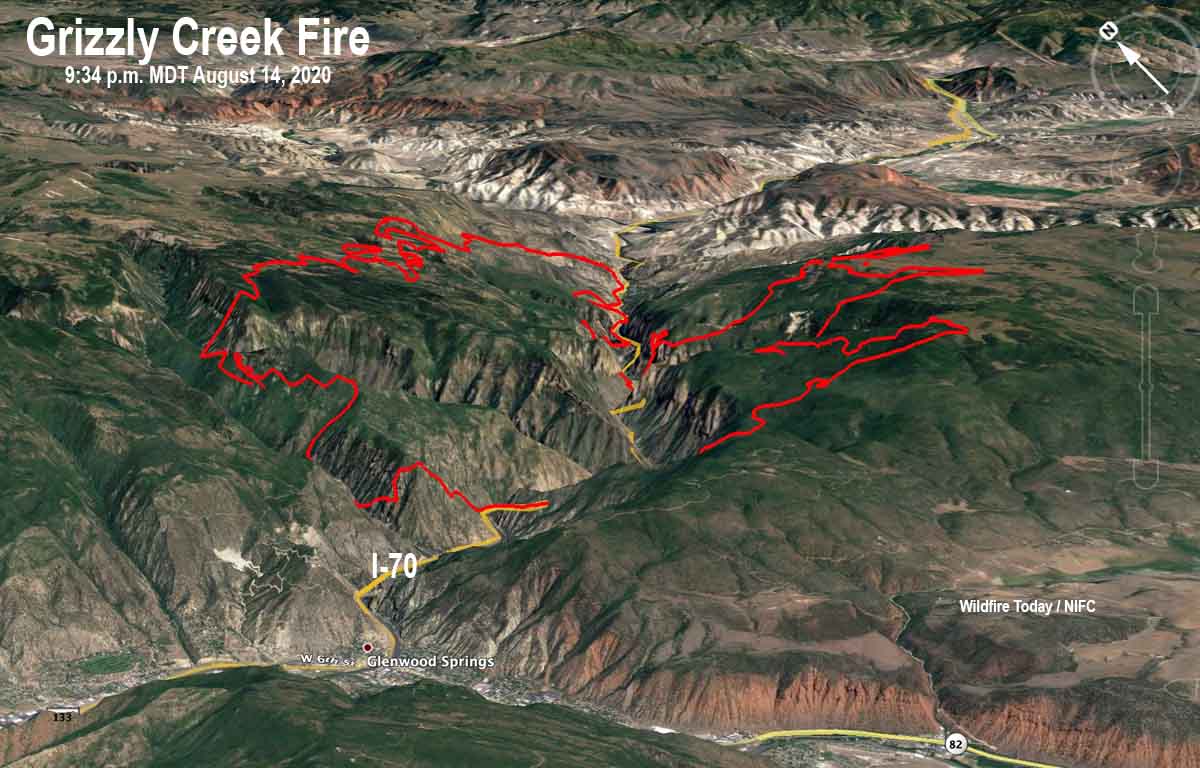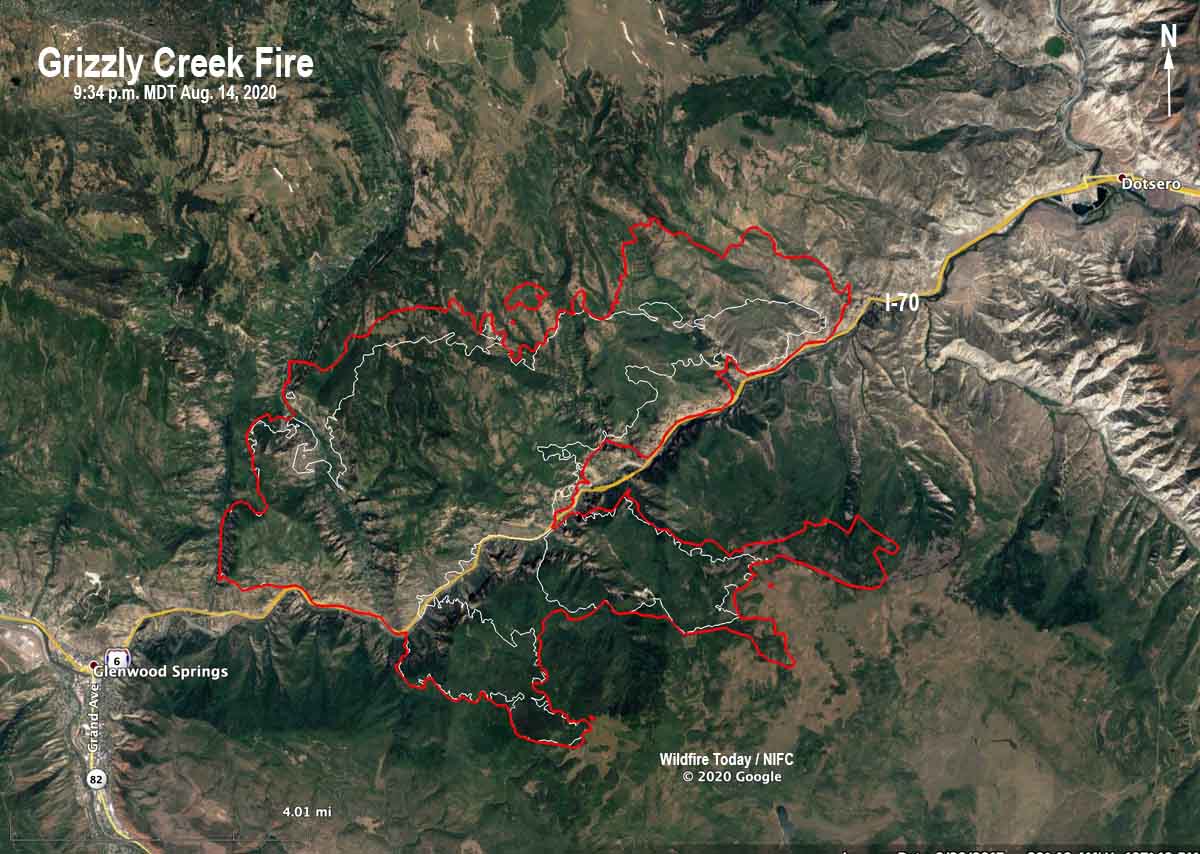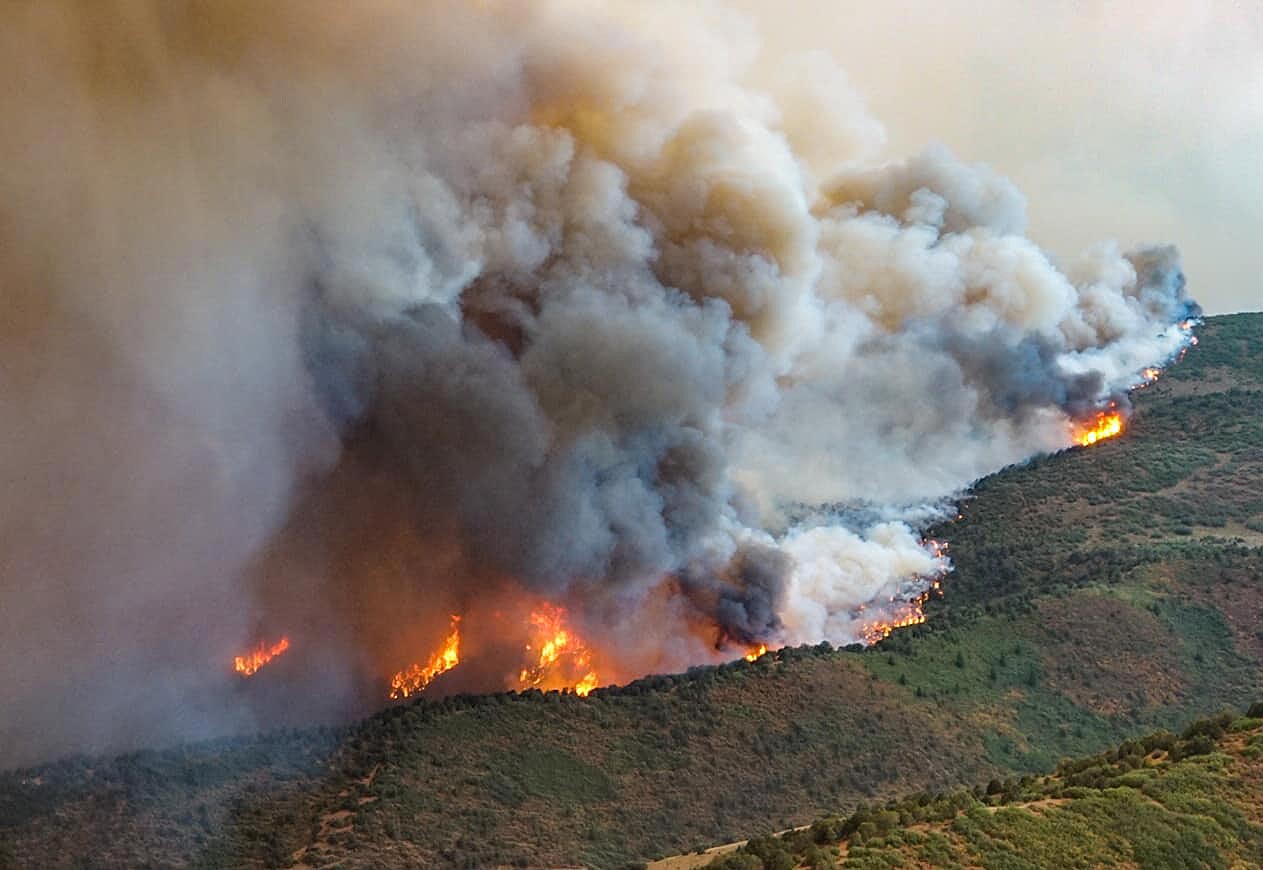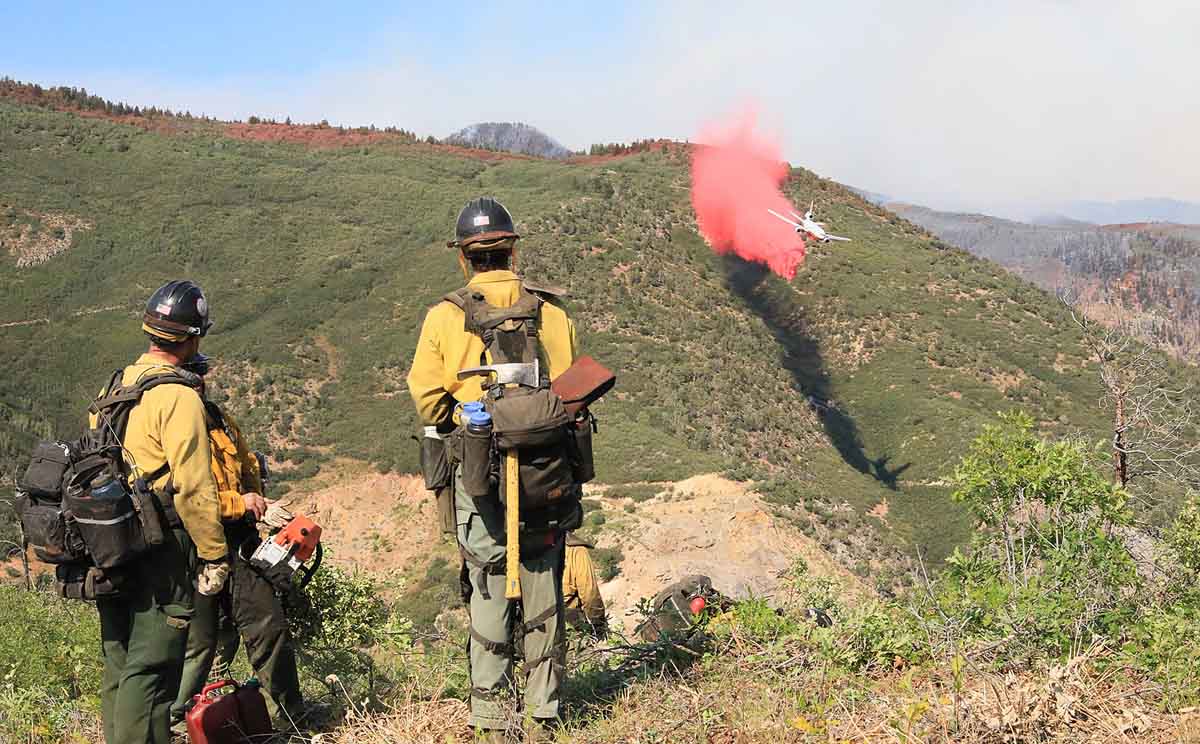August 16, 2020 | 5:04 p.m. PDT
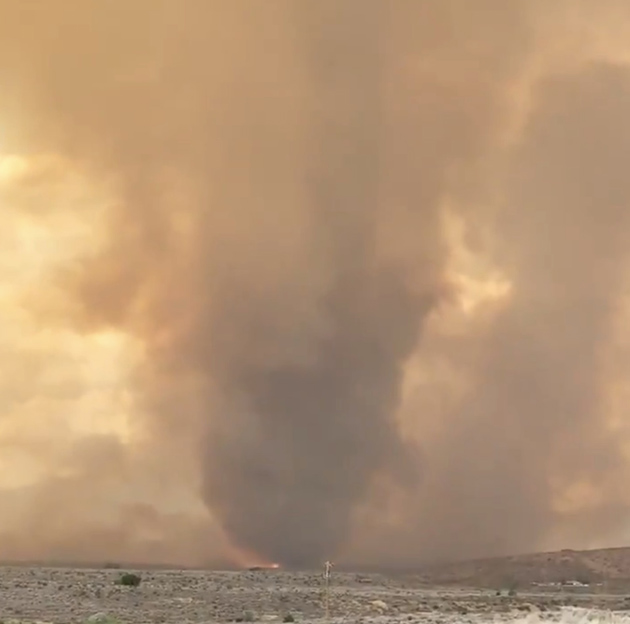
On August 15 meteorologists with the National Weather Service in Reno observed on radar a very rare fire tornado in real time at the Loyalton Fire about 12 miles northwest of the city. They used emergency warning systems to get the word out as quickly as possible to firefighters and the general public. It is believed that this is the first time a real time warning for this type of event has ever happened, at least in the United States.
They also sent out tweets, of course:
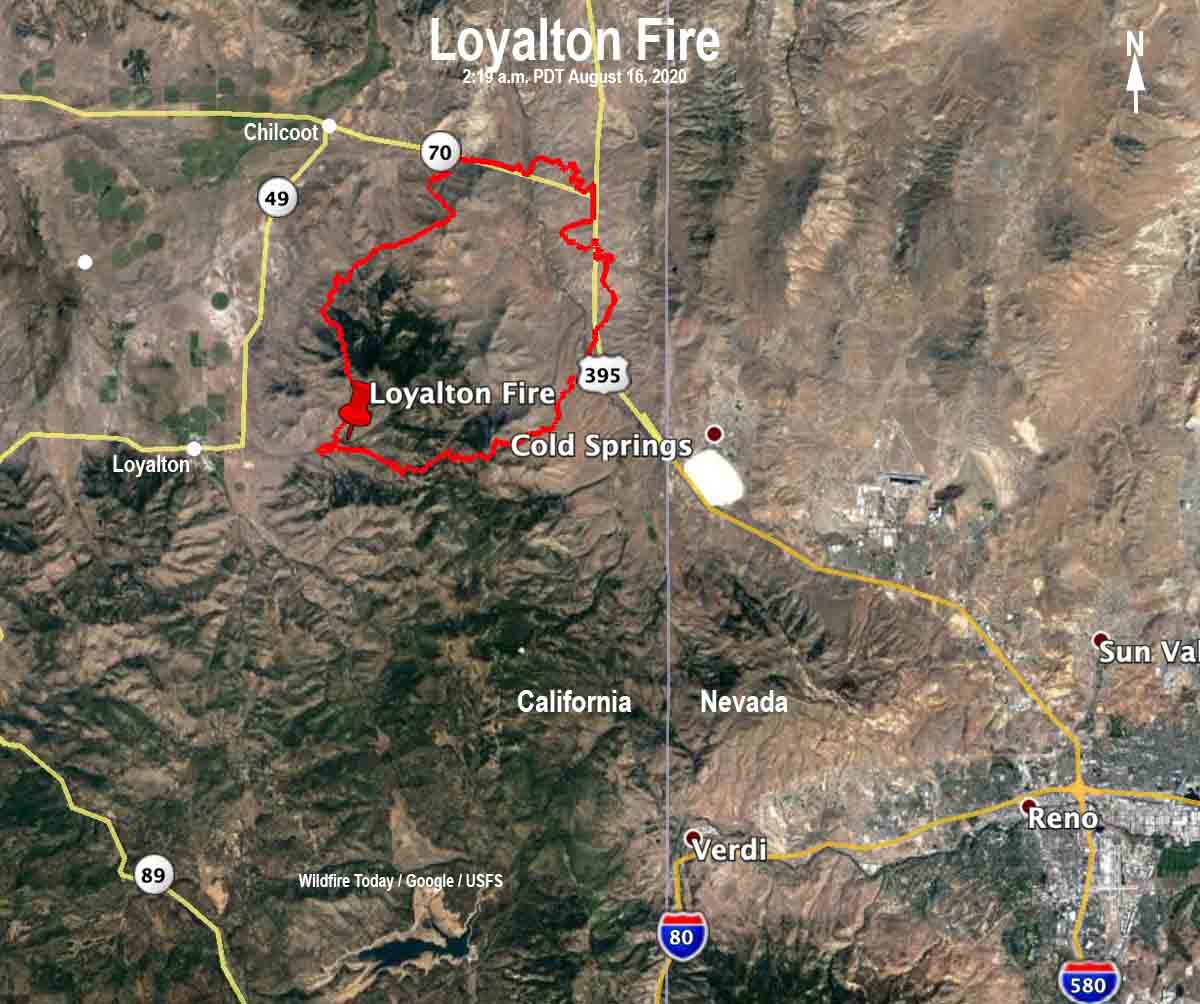
The Loyalton Fire started at about 4:30 p.m. August 14 east of the town of Loyalton and southwest of Mount Ina Coolbrith. It burned north and east adjacent to the areas of Beckwourth Pass and Hallelujah Junction. Early Sunday morning it was estimated at 29,829 acres. More information about the Loyalton fire on Wildfire Today.
A fire tornado is just like it sounds — a large column of rotating air over a vegetation fire. Inside it and around it are extremely strong winds, very high temperatures, and flying debris.
On July 26, 2018 a firefighter was killed as a fire tornado burned and scoured a mile-long path as the Carr Fire moved into Redding, California. A Redding Fire Department Inspector was burned over in his truck and died on Buenaventura Boulevard. Three dozer operators were entrapped and one of them was also killed.
According to a Green Sheet report by CAL FIRE the conditions that resulted in the entrapment of three dozers and the Redding Fire Department Fire Inspector that day were due to the fire tornado — a large rotating fire plume that was roughly 1,000 feet in diameter. The winds at the base were 136-165 mph (EF-3 tornado strength), as indicated by wind damage to large oak trees, scouring of the ground surface, damage to roofs of houses, and lofting of large steel power line support towers, vehicles, and a steel marine shipping container. Multiple fire vehicles had their windows blown out and their bodies damaged by flying debris.
The strong winds caused the fire to burn all live vegetation less than 1 inch in diameter. Peak temperatures likely exceeded 2,700 °F.
Here is an excerpt from an article in the Washington Post about the fire tornados yesterday:
Fire tornadoes in and of themselves are rare; being able to detect them in real time on radar is something new. Wendell Hohmann is the meteorologist at the Reno office who issued the precedent-setting warning. He described it as a “once-in-a-lifetime, career event.”
“We were just trying to get the message out of the extreme fire behavior from this fire given the rotation and the tornadic potential,” Hohmann said. “We figured we could do a severe [thunderstorm warning], but we decided to do a tornado warning to get [the emergency alert system] and [wireless emergency alerts] to activate.”
Matthew Cappucci believes at least five tornado-strength/vortices are likely to have occurred on the Loyalton Fire August 15.
For those wondering about the #FireTornado that occurred in #California earlier on, here’s a brief explainer about what the heck happened.
At least five tornado-strength/scale vortices are likely to have occurred in the #LoyaltonFire. pic.twitter.com/f7kkIVmogS
— Matthew Cappucci (@MatthewCappucci) August 16, 2020
The news media sometimes calls any little fire whirl a “fire tornado”, or even a “firenado”. These and related terms (except for “firenado”) were, if not founded, at least documented and defined in 1978 by a researcher for the National Weather Service in Missoula, David W. Goens. He grouped fire whirls into four classes:
- Fire Devils. They are a natural part of fire turbulence with little influence on fire behavior or spread. They are usually on the order of 3 to 33 feet in diameter and have rotational velocities less than 22 MPH.
- Fire Whirls. A meld of the fire, topograph, and meteorological factors. These play a significant role in fire spread and hazard to control personnel. The average size of this class is usually 33 to 100 feet, with rotational velocities of 22 to 67 MPH.
- Fire Tornadoes. These systems begin to dominate the large scale fire dynamics. They lead to extreme hazard and control problems. In size, they average 100 to 1,000 feet in diameter and have rotational velocities up to 90 MPH.
- Fire Storm. Fire behavior is extremely violent. Diameters have been observed to be from 1,000 to 10,000 feet and winds estimated in excess of 110 MPH. This is a rare phenomenon and hopefully one that is so unlikely in the forest environment that it can be disregarded.”
It was just two days ago that I wrote extreme fire behavior and massive pyrocumulus are becoming much more frequent. If we are going to see more fire tornados, that is a scary thought. The west coast is expected to have very high temperatures this week.
Is it just me, or recently have there been more wildfires than usual exhibiting extreme fire behavior and with MASSIVE pyrocumulus. It only took the #LakeFire 29 minutes from its first report. Some will say the increase started 15-20 years ago. But lately, wow!
— Wildfire Today ? (@wildfiretoday) August 14, 2020

Thanks and a tip of the hat go out to Chris and SST.

